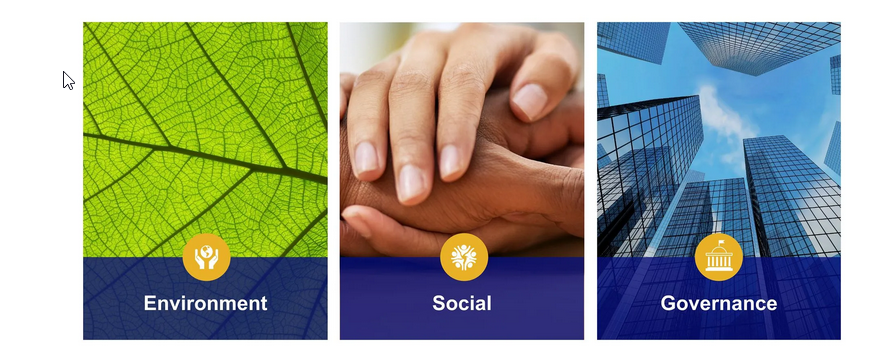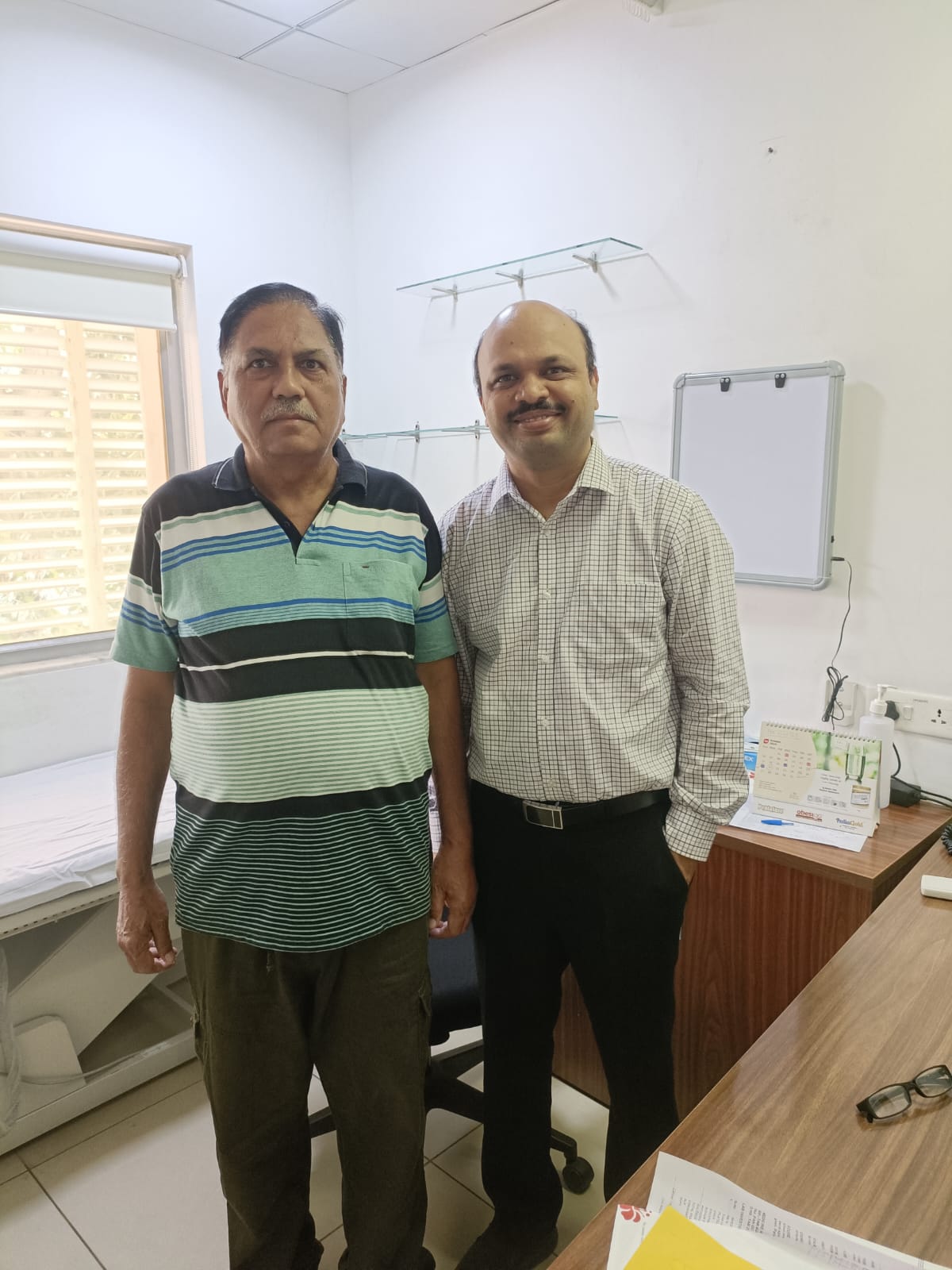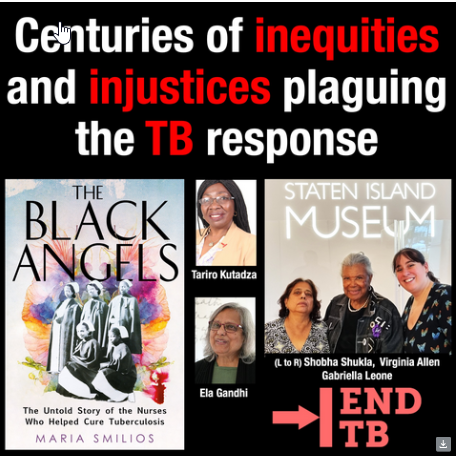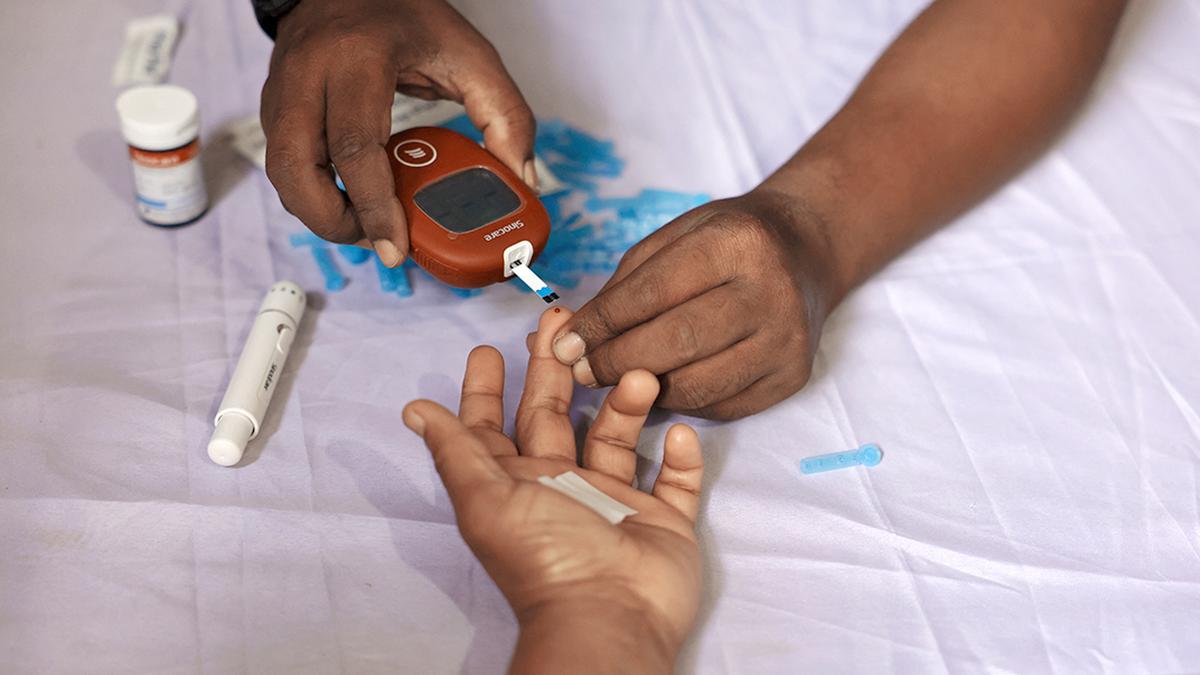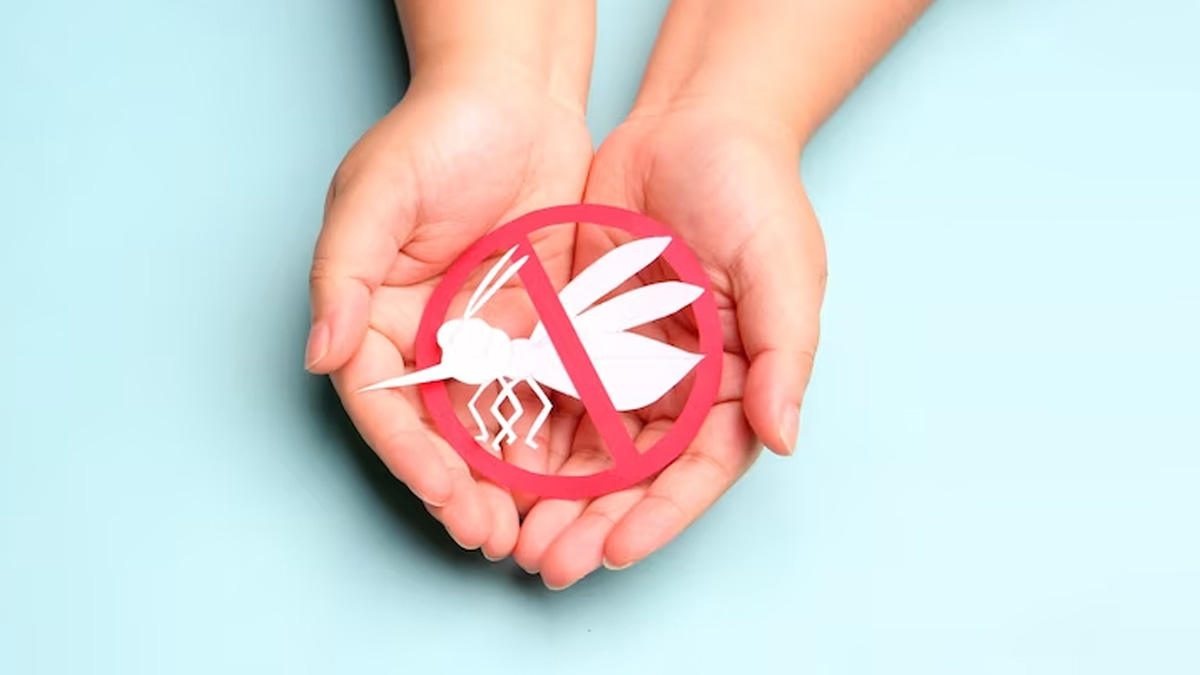Hypertension, commonly known as high blood pressure, is a major health concern in South-East Asia. According to the World Health Organization (WHO), an estimated 294 million people in the region are living with this condition. On World Hypertension Day, observed annually on May 17, Saima Wazed, WHO’s Regional Director for South-East Asia, emphasized the urgent need to strengthen efforts to prevent and control hypertension.
Understanding Hypertension: Hypertension is often called a "silent killer" because it usually has no symptoms but can lead to serious health problems like heart disease, stroke, and kidney failure. According to the World Hypertension League (WHL), hypertension is a leading risk factor for death and disability globally. The theme for this year’s World Hypertension Day is "Measure Your Blood Pressure Accurately, Control It, Live Longer," highlighting the importance of regular blood pressure checks.
Key Risk Factors for Hypertension: Wazed pointed out several key risk factors contributing to the rising prevalence of hypertension in South-East Asia:
- High salt intake: Consuming too much salt is a major cause of high blood pressure.
- Tobacco and alcohol use: Both smoking and excessive drinking can raise blood pressure.
- Unhealthy diets: Diets high in saturated fats and processed foods contribute to hypertension.
- Physical inactivity: Lack of exercise can lead to weight gain and high blood pressure.
- Stress: Chronic stress can negatively impact blood pressure.
- Air pollution: Exposure to polluted air can increase the risk of hypertension.
Strategies to Combat Hypertension: Wazed outlined five key areas for governments and healthcare professionals to focus on to manage and prevent hypertension:
1. Reducing Risk Factors
- Implement WHO technical packages for tobacco control, salt reduction, elimination of trans-fatty acids, promoting physical activity, and reducing air pollution.
- Encourage public health campaigns to educate people about healthy lifestyle choices.
2. Strengthening Primary Healthcare
- Improve the coverage and management of hypertension within primary healthcare settings.
- Use interventions outlined in the WHO HEARTS and WHO Package of Essential Noncommunicable Disease Interventions to provide effective hypertension care.
3. Monitoring and Accountability
- Establish and regularly monitor national targets and indicators for hypertension.
- Track progress towards SEAHEARTS milestones to ensure accountability and continuous improvement.
4. Integrating Hypertension Services
- Ensure the convergence of hypertension prevention and management services with other national health programs, such as maternal and child health, tuberculosis, and HIV programs.
- This integration helps streamline services and improves overall healthcare delivery.
5. Empowering Communities and Individuals
- Promote self-care management of hypertension, encouraging measures such as low-sodium diets, reducing tobacco and alcohol use, regular physical activity, and periodic blood pressure assessments.
- Educate communities on the importance of early detection and regular monitoring.
The Importance of Early Detection: Early detection and control of hypertension are crucial. Among adults with hypertension, half are unaware they have it, and nearly one in six do not have their blood pressure under control. Regular blood pressure checks and prompt treatment can significantly reduce the risk of severe health complications.
National and Global Goals: The South-East Asian region has identified the prevention and control of hypertension as a priority. Efforts to combat this condition are part of broader initiatives to achieve the Sustainable Development Goals (SDGs) and SEAHEARTS milestones. By focusing on hypertension, countries can make significant strides towards Universal Health Coverage and improve overall public health.
Community Involvement and Education: Empowering communities to take charge of their health is vital. Public health campaigns should focus on educating people about the dangers of high blood pressure and the importance of lifestyle changes. Schools, workplaces, and community centers can play a role in spreading awareness and promoting healthy habits.
Government and Healthcare Provider Roles: Governments and healthcare providers must work together to implement effective strategies for hypertension prevention and control. This includes:
- Policy Implementation: Enforcing regulations on tobacco and alcohol use, food labeling, and air quality.
- Healthcare Access: Ensuring that primary healthcare facilities are equipped to diagnose and treat hypertension.
- Training Healthcare Workers: Providing ongoing education and training for healthcare workers on the latest guidelines and best practices for managing hypertension.
World Hypertension Day serves as a reminder of the ongoing battle against high blood pressure. With nearly 294 million people affected in South-East Asia alone, it is clear that more needs to be done to prevent and control hypertension. By focusing on reducing risk factors, strengthening primary healthcare, monitoring progress, integrating services, and empowering communities, we can make significant strides in combating this silent killer.
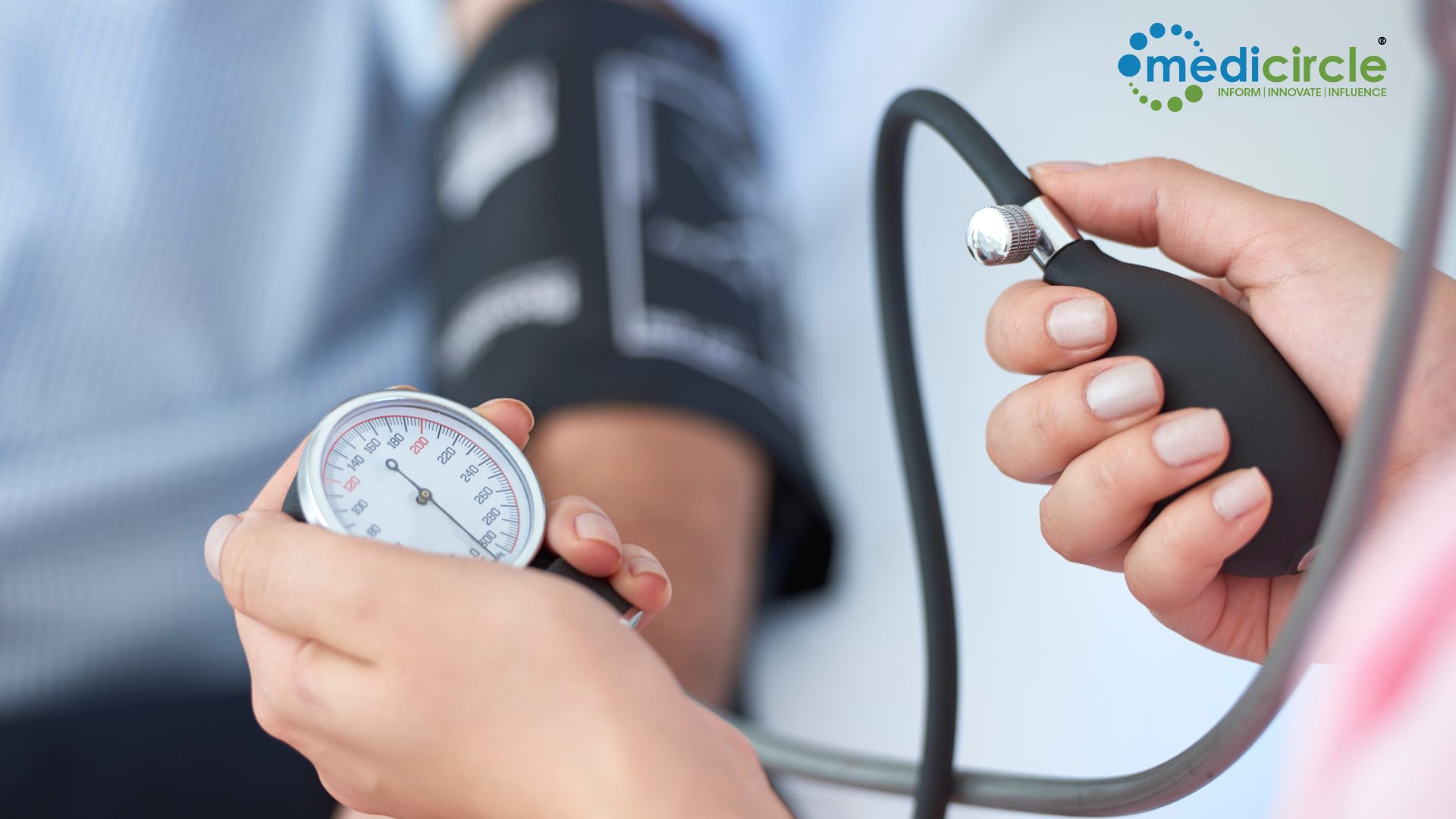
 With nearly 294 million people affected in South-East Asia alone, it is clear that more needs to be done to prevent and control hypertension.
With nearly 294 million people affected in South-East Asia alone, it is clear that more needs to be done to prevent and control hypertension.










.jpeg)


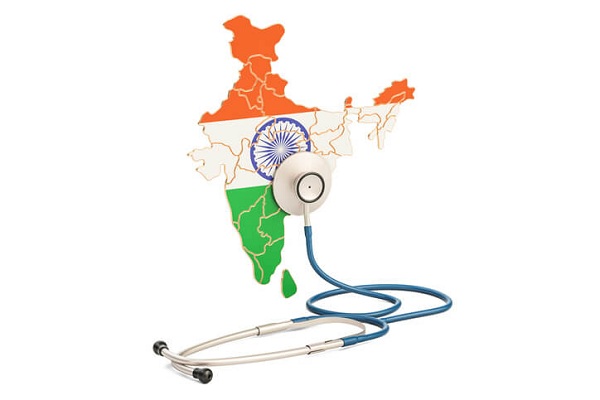
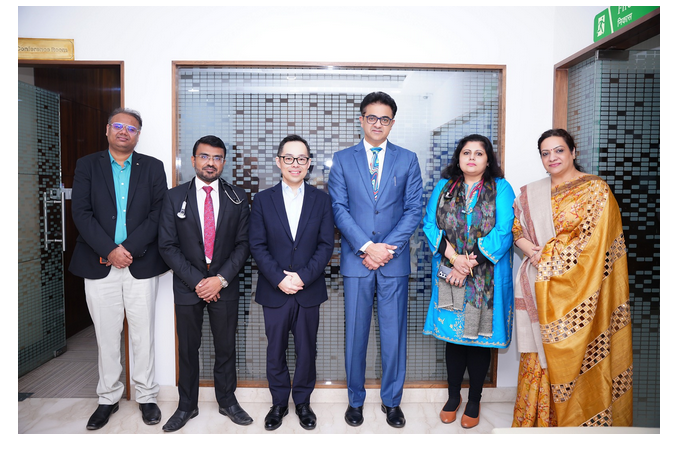
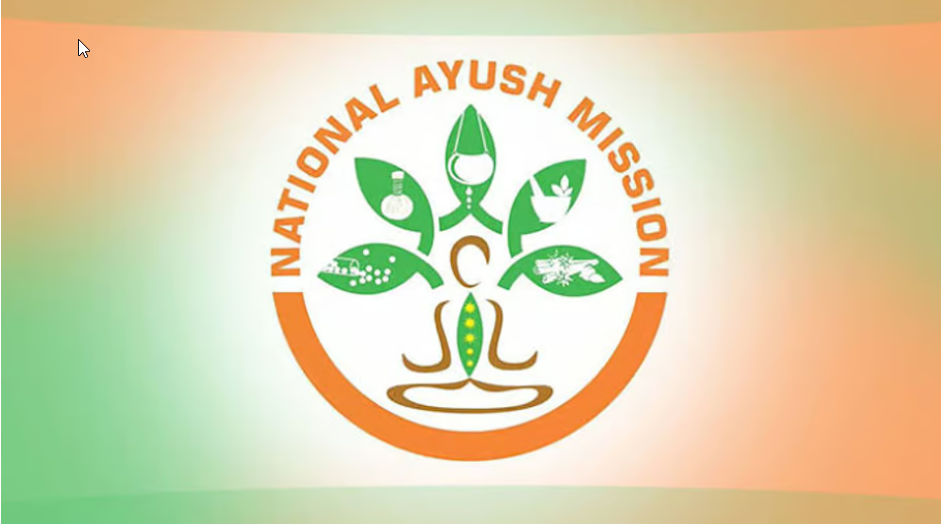
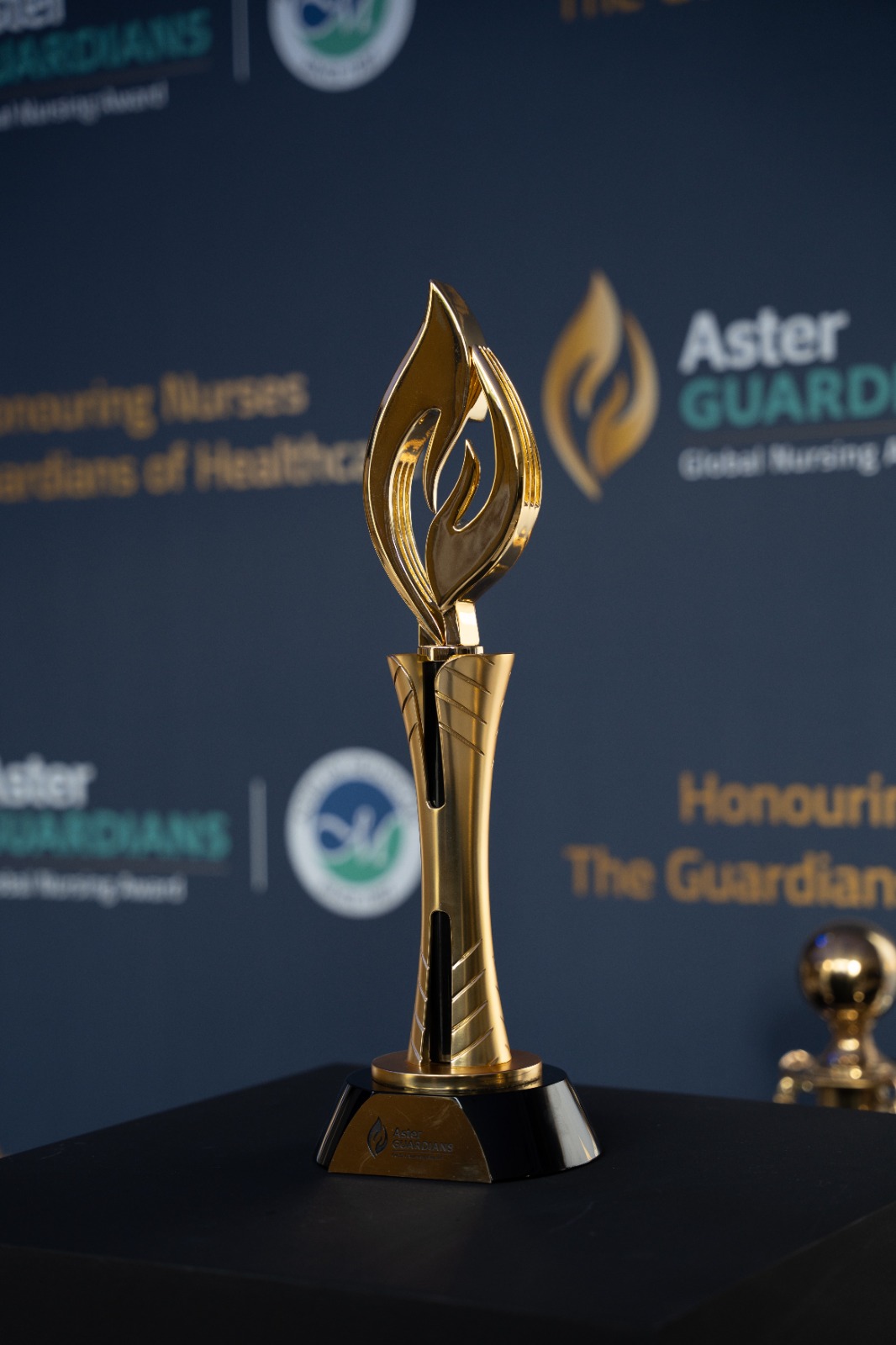
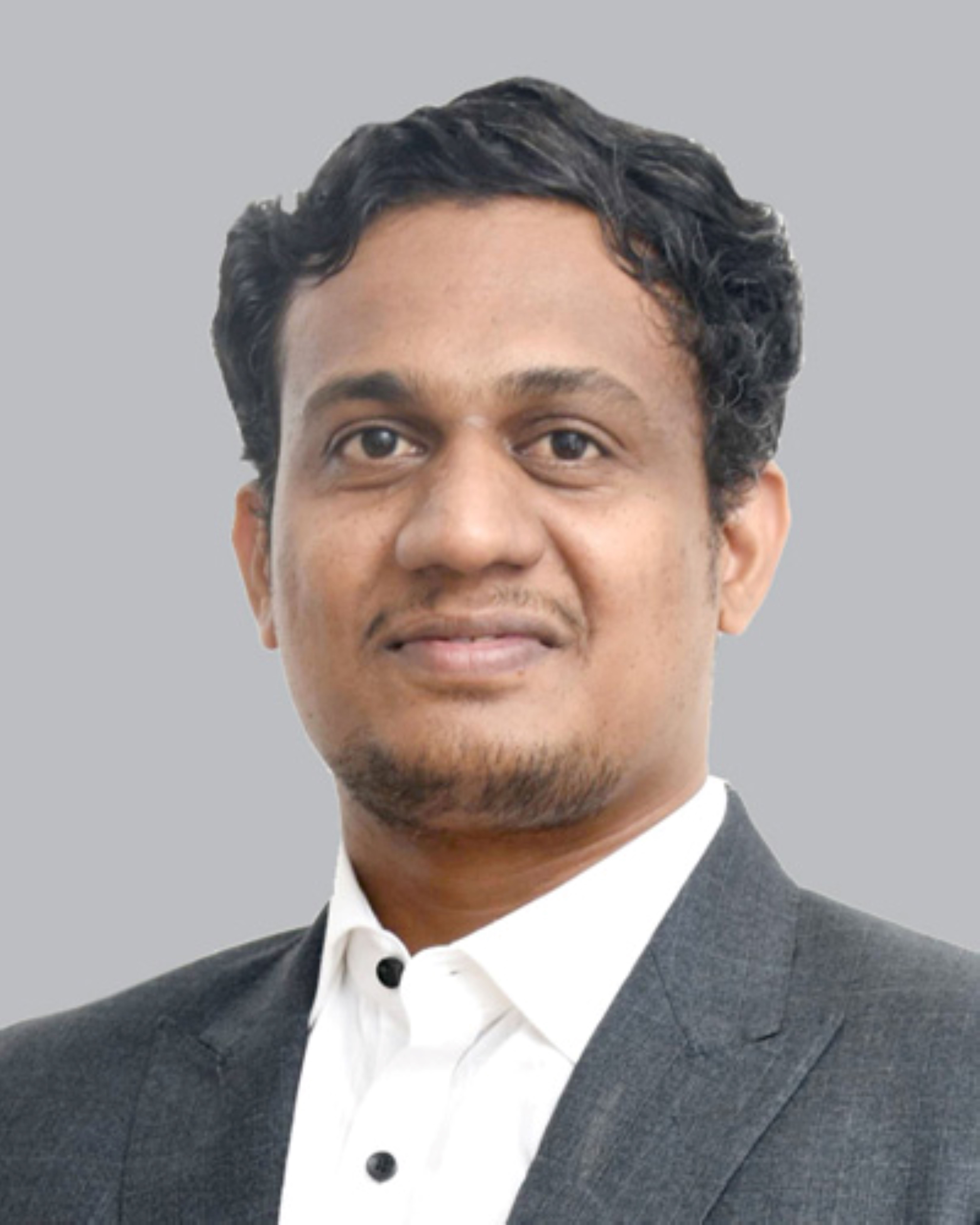
.jpeg)

.jpg)
